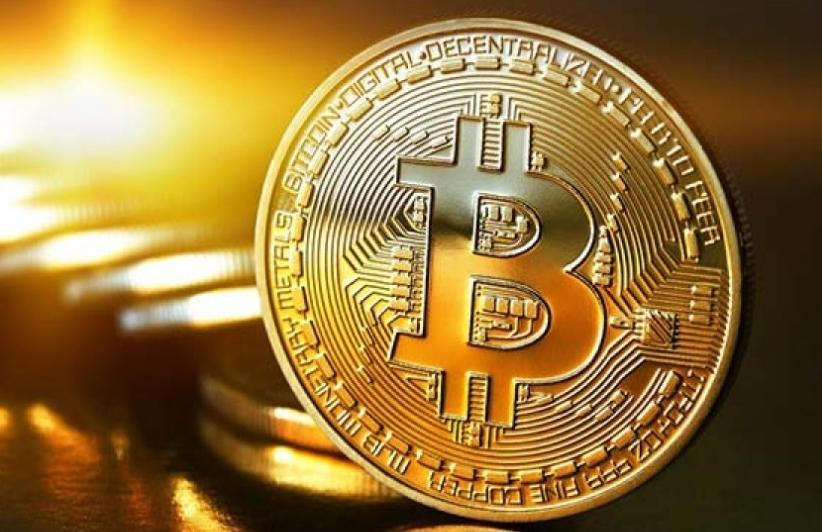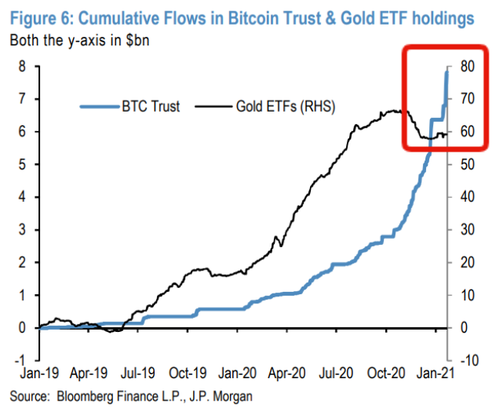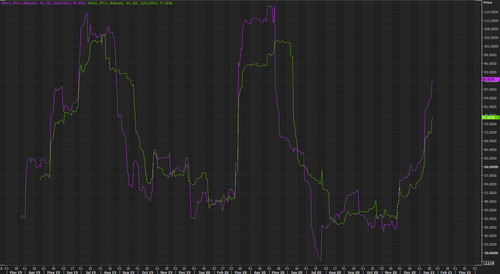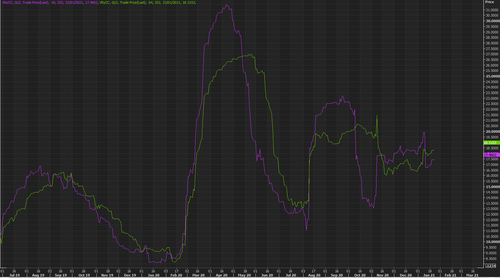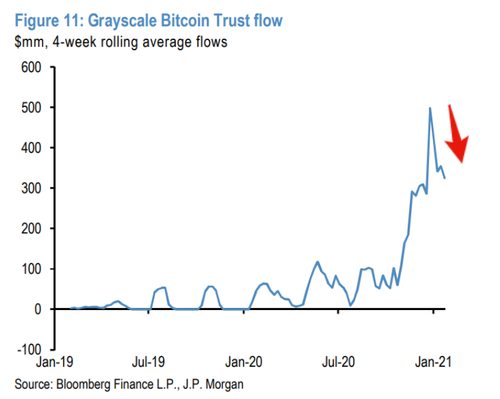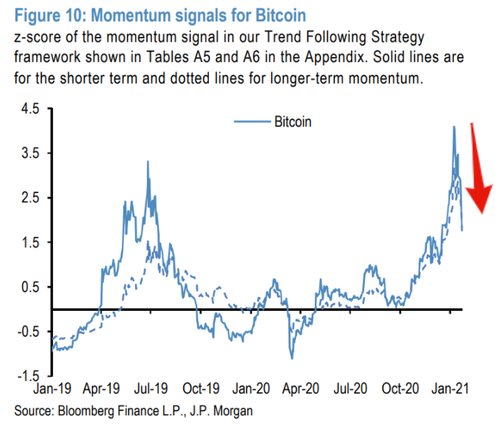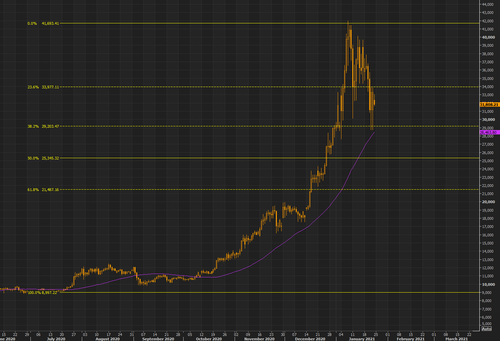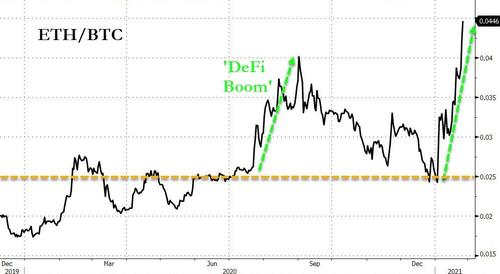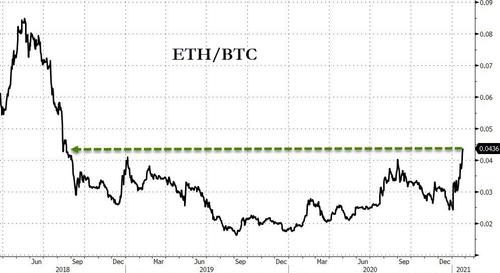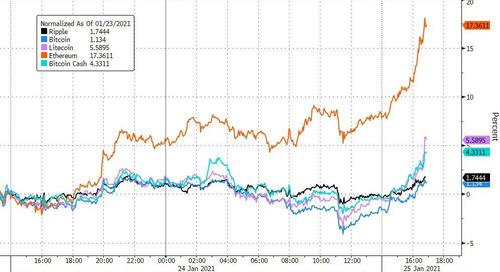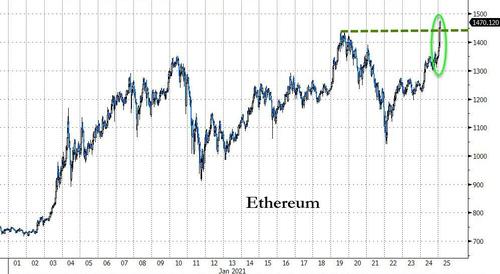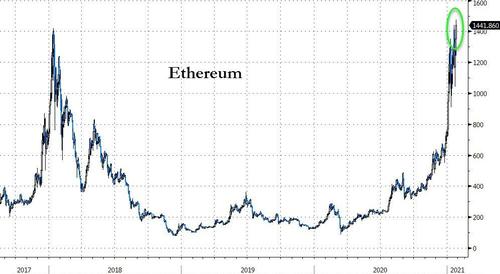Is gold money? Many would say so, and a web search
returns tens of thousands of additional affirmative responses. If you
want to start a fight with a gold bug, take the opposite view.
But is it so?

To answer the question of whether gold is money requires a definition. This one, from Wikipedia, is typical:
Money
is anything that is generally accepted in payment for goods and
services and in repayment of debts. The main uses of money are as a
medium of exchange, a unit of account, and a store of value.
Wikipedia
refers to three properties of money. However, according to the Austrian
economist Carl Menger, its acceptability in trade is the defining
property. While money undoubtedly does serve as a store of value and a
unit of account, these properties are derivative, not definitional
properties. The reason that a medium of exchange necessarily is also a
store of value is the anticipation of its exchange value in the future.
On this point Menger wrote,
[I]t
appears to me to be just as certain that the functions of being a
"measure of value" and a "store of value" must not be attributed to
money as such, since these functions are of a merely accidental nature
and are not an essential part of the concept of money.
Using the above definition, the question of whether any particular good is or is not money, can be posed in this way: is the good in question accepted as the final means of payment for transactions?
At present, in the developed world, nearly every nation has its own money or belongs to a currency union, such as the EU. Some nations in the developing world use the US dollar.
In highly inflationary environments, the local currency is often
spontaneously rejected in favor of the dollar or another foreign
currency. Hardly anywhere do we find gold generally accepted as a means
of payment. So gold must fail the definitional test of moneyness.
Is
this the end of the argument (and so the end of a very short article)?
Not quite. Gold is not money, but it has most of the desirable
properties of money, and the process by which it became money in the
past gives some clues about how it may become money once again.
A store of value is not necessarily a medium of exchange. As Menger says, a nonmonetary commodity can serve as a store of value:
But
the notion that attributes to money as such the function of also
transferring "values" from the present into the future must be
designated as erroneous. Although metallic money, because of its
durability and low cost of preservation, is doubtless suitable for this
purpose also, it is nevertheless clear that other commodities are still
better suited for it.
Analyst Paul van Eeden has
shown that gold has maintained its purchasing power relative to the time
that the gold standard ended. In "Is Gold an Inflation Hedge?" I
have provided links to Van Eeden's articles and a more detailed
discussion. I will summarize his analysis here. A theoretical gold price
equivalent which would give gold the same purchasing power as it had at
the end of the gold standard is calculated by taking the convertibility
ratio of $35 in 1933, and then multiplying by a factor representing the
growth in the quantity of fiat money from that time. Under the
classical gold standard, gold was the entire world's money. By counting
worldwide growth in currency (not only US dollars) and comparing it to a
worldwide price currency index of the gold price, van Eeden avoids the
pitfalls of looking only at gold's dollar price, which can experience
significant volatility due to the dollar's exchange rate against other
national currencies.
Van Eeden's research shows that,
since the end of the gold standard, the price of gold in units of fiat
currency has tracked its purchasing-power-equivalent price fairly well,
oscillating in a band around its theoretical value. In essence,
the purchasing power of gold has been reasonably stable in the time
since the end of the gold standard, which is only another way of saying
that gold has served as a store of value.
Even today most of the demand for gold is not for direct use, but demand to hold.
In the developed world, people purchase coins and bars for storage in
vaults. In other areas, people save by accumulating bullion jewelry.
Distinct from ornamental jewelry, bullion jewelry has low workmanship
value added. Its price is not much greater than the melt value of its
metal content.
I wrote the following in "The Myth of the Gold Supply Deficit":
The World Gold Council estimates that 52% of gold is held as jewelry.
James Turk subdivides jewelry holdings into low carat and high carat.
The former is purchased mainly for the gold value, as an alternative to
buying bars and coins. The latter is purchased mostly for fashion.
According to Turk's estimate (which
was published in 1996), monetary jewelry at that time accounted for
about 60% of jewelry with fashion jewelry accounting for the remaining
40%. However, even when made into jewelry, the gold is not destroyed and
can come back into the market as scrap. The WGC figures show
significant recovery from scrap.
That gold continued to be a store of value post–gold standard was unexpected by many economists. In the early 1970s, when the dollar's link to gold was cut, economist Milton Friedman predicted that the price of gold would collapse.4 The
Nobel laureate believed that the gold derived its value from its
relationship with the dollar; without gold backing, there would be far
less demand for gold. There would, of course, continue to be industrial
demand for the metal, but without monetary demand provided by the
dollar, the vast supply that had been accumulated during the preceding
centuries would overhand the market, depressing the gold price for the
foreseeable future. Friedman could not have been more wrong. It was the
dollar that collapsed in the 1970s, while the gold price in dollars
began a bull run that was not eclipsed in nominal terms until late last
year.
A similar and still widely held view in the world of mainstream financial analysts is that gold has been "demonetized." The
argument goes like this: central banks decide what money is; central
banks have determined that gold is not money; therefore gold is not
money. Only the stupid gold investors haven't figured this out. This
view of the gold market sees the price of gold as determined primarily
by central banks (who own an estimated 10–17% of aboveground supply).
The critical variable is how they will time the sales of their gold
hoards without causing a selling panic as market participants
realize that their gold coins and bars have no monetary value.
But why is gold a better store of value than most any of a vast number other nonmonetary goods? Why were Milton Friedman and
the other economists wrong? Their error was the assumption that
political institutions have the final say over what is and is not money.
But this is not so: the market has final say. Looking at the process by
which money originated from barter helps to understand why. According
to Menger, money came into being through the efforts of individuals to
expand the range of goods they could acquire through exchange beyond the
possibilities available. Some individuals in a barter economy begin by
bartering their goods for a commodity that they do not need but is
generally in demand throughout the market, with the intention of later exchanging that commodity for other goods. This strategy is called indirect exchange.
These astute traders realize that "the acquisition by trade of the
consumption goods that he needs…can proceed…much more quickly, more
economically, and with a greatly enhanced probability of success."
As
societies moved from barter to monetary economies, different goods were
in competition with each other for use as money. Over time, as monetary
exchange expanded in proportion to barter, some commodities were found
to work better as money than others, until only a handful of them became
"acceptable to everyone in trade." Those were gold and silver.
What qualities have made gold (and silver) the winners of the monetary competition in centuries past?
The qualities most often cited by monetary historians are durability,
divisibility, recognizability, portability, scarcity (the difficulty of
producing more of it), and a value-to-weight ratio that is neither too
high nor too low. Too low a ratio would make it hard to carry enough for
spending, while too high a ratio would make small transactions
difficult and prevent the commodity from being sufficiently widely owned
in the prior barter economy. Gold still has these qualities today.
While fiat money has some of them, it fails the scarcity test: it is too
easy to create more of it.
The result of market competition is
not necessarily permanent. Market competition is an ongoing process.
Even when one commodity emerged as money, there continued to be
competition from other nonmonetary commodities. Once the world's money,
even gold could have lost its place had a superior alternative emerged.
But that is not the reason we no longer use it. Political money did not prove its
superiority through a market process. What happened instead was a
politically imposed change from a better system to a worse system.
Although
the central bankers have used political means to replace gold with
paper, they do not have the power to end the competition between their
money and commodity money. The "demonetization" of gold by central banks has rigged the competition—but not ended it.
Gold
as money may not be over for all time. As the monetary system melts
down, gold functions as "shadow money," an alternative that competes
with the political money. It remains a store of value because
of its potential to become money again. There is continuing demand for
gold as a hedge against the breakdown of the fiat system.
Governments
cannot force people to use their money beyond a point. The market will
only continue to accept fiat money as long as it works well enough (or
even, not too badly). If governments debase their currency beyond a
point where it maintains some value over time, people will stop using
government currency and switch to something else.
In countries
suffering hyperinflation (or even just excessive inflation), people
typically start quoting prices and accepting in trade in the more stable
currencies of other countries. Earlier this year, VietNamNet reported that land prices are being quoted in gold rather than the local currency, the dong.
The world is lurching through a serious monetary disorder. The proximate cause is the collapse of the housing bubble and the subprime-credit crisis, but the ultimate cause is the inherently unstable monetary system foisted upon us by a banking cartel. Central bankers are called upon to act as lenders of last resort, but in their efforts to inflate their way out of the credit collapse,
they risk igniting a hyperinflationary bonfire that will destroy the
world's major fiat currencies. Gold was money once, and could become so
again.
[Originally published September 2008.]
